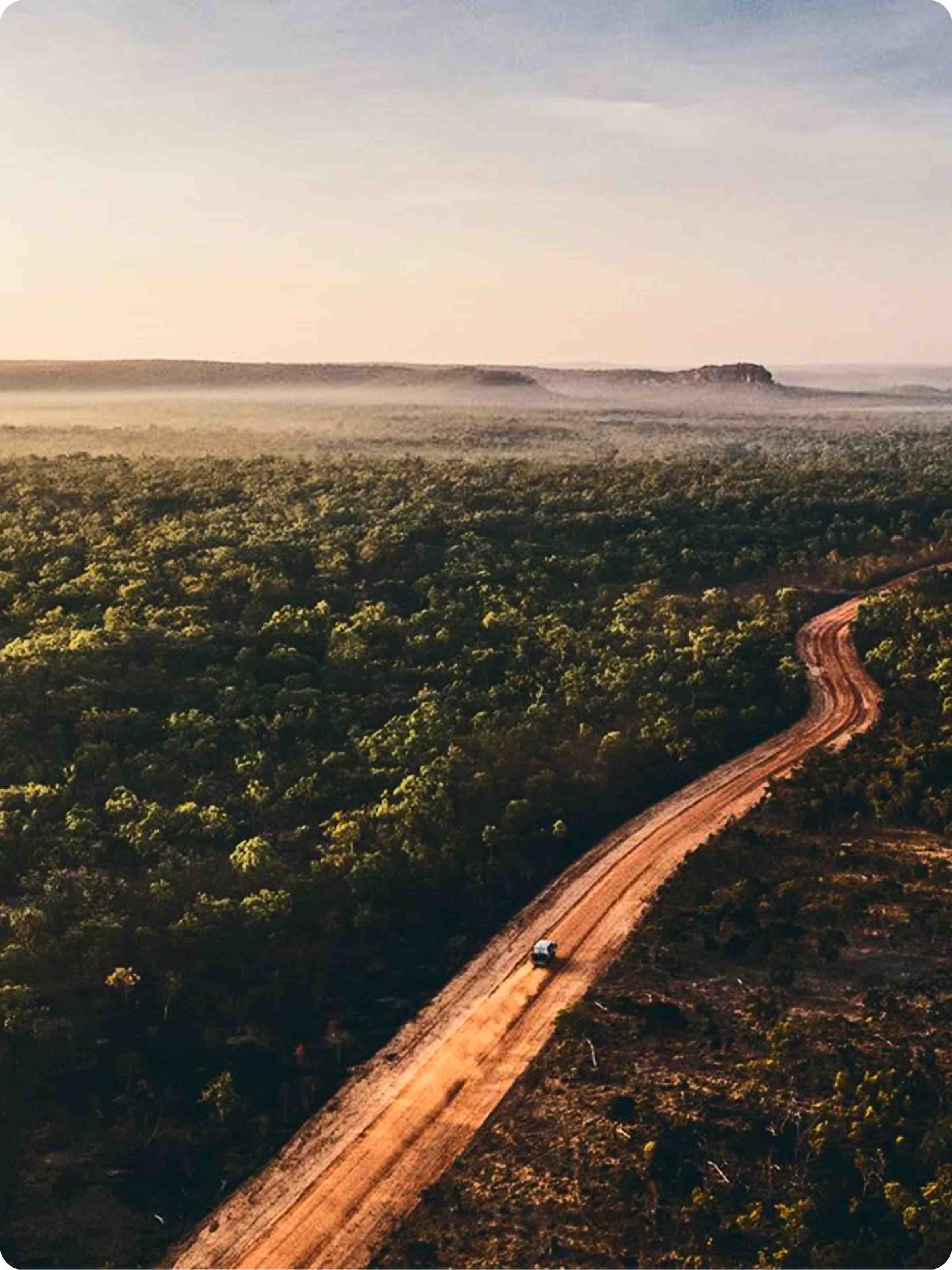Wildfires and Smoke Plumes
18 million hectares of bushland were destroyed during the Australian Wildfires of 2019. The resulting smoke plume spanned an area of 1.3 billion acres, which roughly equates to the size of the 11 largest US states combined. According to the UN World Meteorological Organisation the smoke plume from the Australian Wildfires reached South America and Antarctica. The size and scale of this wildfire event is barely imaginable. The immediate impacts are devastating; the loss of lives, homes and agricultural land. The lingering effects, caused by the smoke plume are just as bad; Carbon Monoxide (CO) and particulate matter smaller than 2.5 microns (PM2.5) that have the potential to penetrate the lungs and enter the bloodstream, with the potential to impact almost every bodily system. Let’s dig into the latest research to find out the true impact of wildfire smoke on our health, and how we can protect ourselves.
What Causes Wildfires?
Wildfires, unplanned, uncontrolled fires that quickly move through forests and bushlands, are on the increase all over the world. Wildfires in Australia (2013 & 2019), California (2017, 2018 and 2020), Canada (2017 & 2018) and Siberia (2012 & 2019) are just a handful of examples of these natural disasters in recent times. Future Earth, a global network of scientists and researchers, do an amazing job in outlining why such fires are on the rise. They have dedicated a whole article unpacking the causes and environmental damages of wildfires, check it out here. The article highlights that the increasing propensity of wildfires is caused by two main drivers: human-induced changes in climatic conditions and widespread land use changes. Let’s do a deep dive into these causes at another time. For now, what we should be realising is that these types of fires are on the increase and that their smoke plumes spread far and wide, affecting areas that you and I inhabit.
What’s so Bad About Wildfire Smoke?
So, what is in wildfire smoke that is so bad anyway? Well, as mentioned earlier smoke from wildfires (well any fire in fact) contains numerous harmful substances. Surprising, bushfire smoke contains a lot of water. As a fire tears through forests and bushland it burns off the water held in these trees, sending rolling plumes of steam up into the atmosphere. As they rise, they become clouds, which have the ability to travel vast distances, this is why smoke plumes travel much further than the actual fire itself and can carry the harmful substances they contain over large stretches of land.
Wildfire smoke also contains Carbon Dioxide (CO2), the end-product of any chemical combustion, it gets released into the atmosphere and interrupts the ozone layer, weather formations and ultimately affects us all. Carbon Monoxide (CO), the close relative of CO2 is by far the more immediate threat however. At the high concentrations found in smoke, carbon monoxide can be deadly. It binds strongly to our haemoglobin – the molecule in red blood cells that carries oxygen around the body. At around 100 parts per million in air it can starve the human body of oxygen, asphyxiating its victims.
Smoke also contains trace levels of other pollutants such as sulfur dioxide (SO₂) and nitrogen dioxide (NO₂). These substances are known to cause irritation to our respiratory systems and continual exposure affects many of our bodies systems. We are only beginning to fully understand the impact these chemicals can have on us, and worryingly we are seeing increased levels of these substances in our urban environments, even when we weren’t in wildfire locations. If you want to understand more about the impact these pollutants have on our air quality, have a read here.
Finally, wildfire smoke carries with it particulate matter (PM). This includes the build up of soot during combustion and ash which is the remnants of anything burnt up and consumed by the fire. As mentioned earlier if unimpeded these particulate matters can enter the lungs, respiratory system and into blood circulation causing untold damage.
A Simple Solution to Protect Yourself
This might all sound a bit doom and gloom, especially for those who live in bushfire prone areas, or within range of smoke plumes. Sadly though, this is the reality we live in and we must become aware of the damage smoke inhalation can cause.There is a simple solution to help you and I stay safe. Studies have shown that wearing a high-filtration mask significantly reduces the harm caused by wildfire smoke. A good quality mask will filter out large particles and poisonous gases, enabling you to breathe safely and operate in your daily life as per normal when wildfire season is upon you. Do your research and consider buying a mask before you think you have need for one, don’t leave it too late as it is important to fit the mask that is right for you, that offers the comfort and protection you need when the time comes.
















Leave a comment
All comments are moderated before being published.
This site is protected by hCaptcha and the hCaptcha Privacy Policy and Terms of Service apply.